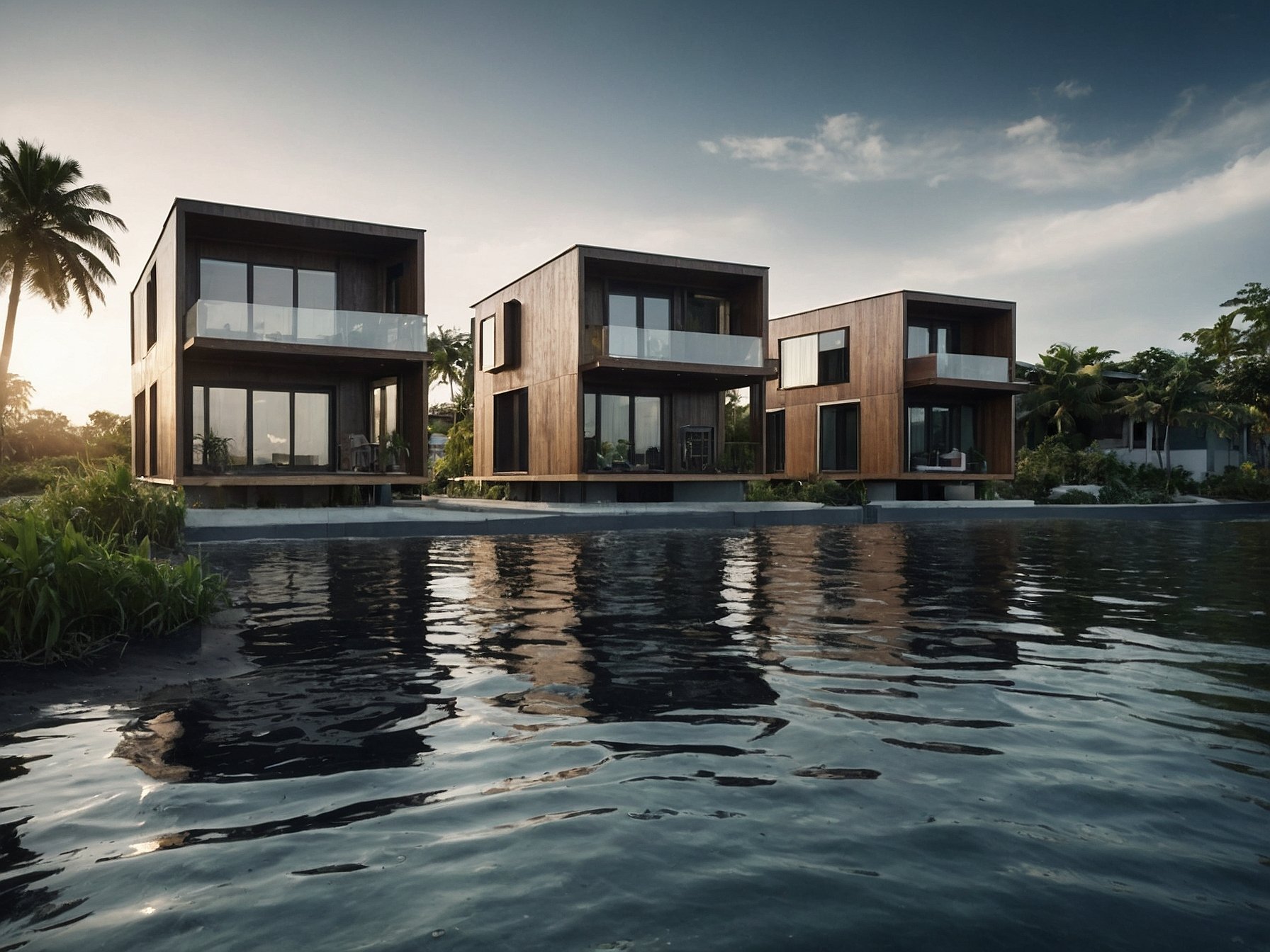Unveiling the 5 Surprising Architectural Trends Shaping Our Survival in a Changing World
In a world increasingly defined by rapid economic growth and the pursuit of material wealth, there's been a troubling disconnection between humanity and the natural world. This separation has led to an alarming devaluation of nature and a disregard for its intrinsic value. As societies prioritize consumerism and instant gratification, the environment often takes a backseat, leading to the destruction of habitats and ecosystems in the name of profit.
A world of constant stimulation
The relentless pace of modern life, driven by technology and fueled by the demands of the market, has left little room for contemplation or meaningful connection. Instead, it's a world of constant stimulation, where clicks and likes dictate the news cycle, and the relentless pursuit of productivity leaves little time for genuine human interaction.
But amidst this chaos, there's a growing recognition of the need to reevaluate our relationship with the natural world. As climate change accelerates, there's an urgent need to create spaces that prioritize human well-being and environmental sustainability. This shift is driving profound changes in architecture, with a focus on green spaces, natural materials, and designs that promote health and resilience.
The five most important trends shaping this new era of architectural design
Biophilic Design: Incorporating natural elements like plants and water features into architectural spaces to improve well-being and connection to nature.
Sustainable Materials: Using renewable resources and eco-friendly materials to reduce environmental impact and promote longevity.
Passive Design: Designing buildings to maximize energy efficiency and minimize reliance on artificial heating and cooling systems.
Resilient Communities: Building communities that are adaptable and resilient in the face of environmental challenges like extreme weather events and sea-level rise.
Regenerative Architecture: Designing buildings and landscapes that actively contribute to the health of ecosystems, rather than depleting natural resources.
By embracing these trends and prioritizing sustainability and human well-being, we can create a built environment that supports both people and the planet for generations to come. It's a vision of architecture not just as shelter, but as a vital component of a thriving, resilient society.
Literature Recommendations
The Nature Fix: Why Nature Makes Us Happier, Healthier, and More Creative by Florence Williams
The Sixth Extinction: An Unnatural History by Elizabeth Kolbert
The Future We Choose: Surviving the Climate Crisis by Christiana Figueres and Tom Rivett-Carnac
This post contains affiliate links — Please read our disclaimer.





